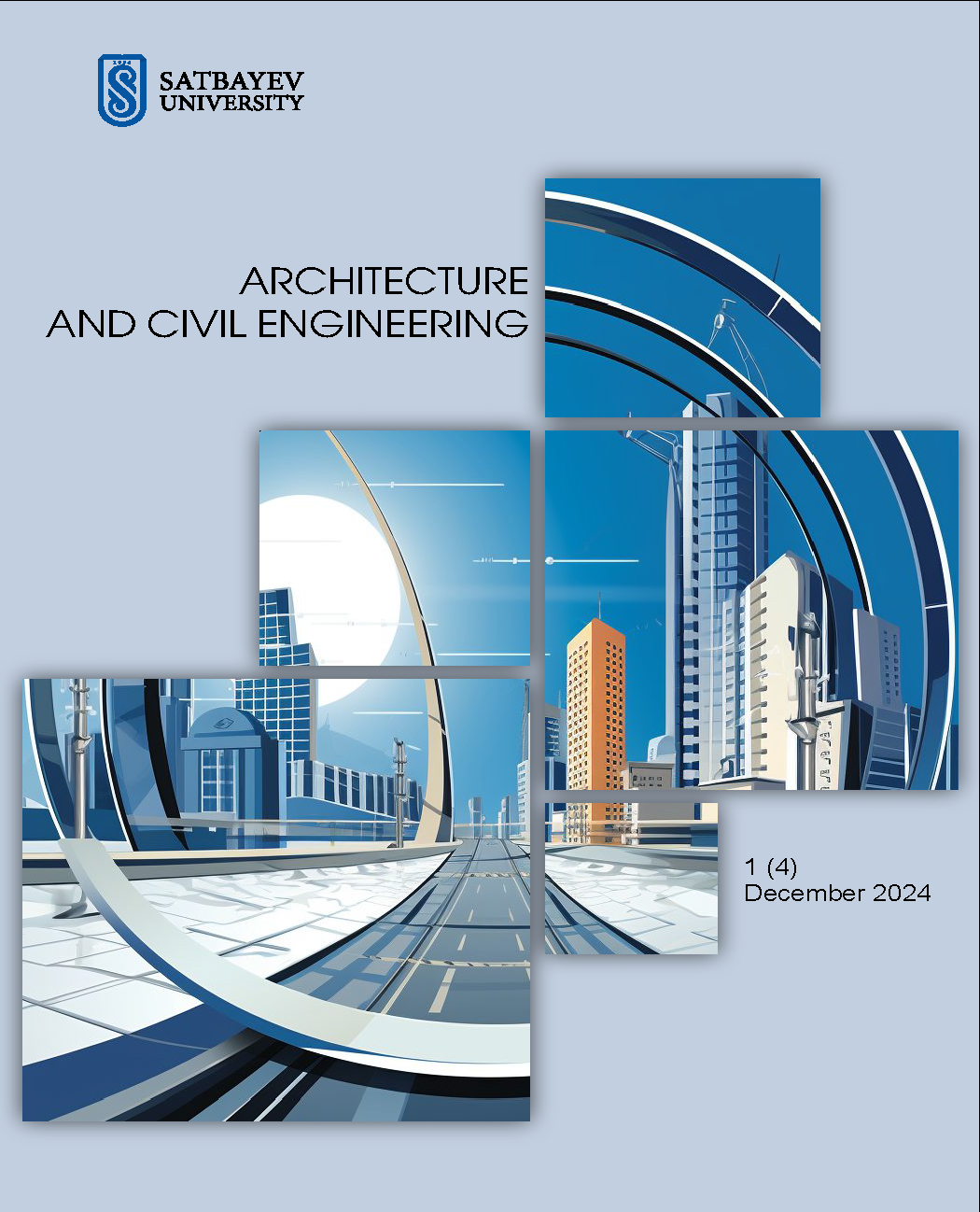Effect of microdispersed and volumetric fiber reinforcement on the strength and durability of self-compacting concrete
DOI:
https://doi.org/10.51301/ace.2024.i4.04Keywords:
self-supporting concrete, concrete strength, microsilica, polypropylene fiber, frost resistance, water absorptionAbstract
This paper is devoted to research exploring the impact of popular in Kazakhstan ferrosilicon production technogenic waste – micro-silica on self-compacting concrete rheological and physic-technical properties and performance and durability improvement of building structures made of this concrete type utilizing volumetric fiber reinforcement. The paper provides the results of laboratory and industrial tests of self-compacting concrete mixtures (SCC) strength and operational properties. The most effective ratio of micro-silica as a filler in the binder and the optimal amount of low-modulus polypropylene fiber were selected to manufacture high-quality self-compacting concrete of C25/30, C30/35, C35/40, C40/45 classes produced on local raw materials. Examples of compositions confirming the possibility of up to 20% cement consumption reduction and increase the concrete frost resistance to F340 by using micro-silica, reduction of self-compacting concrete volumetric water absorption by up to 30%, increase the bending strength by up to 35% with the combined use of silica and polypropylene fiber in a right proportion. The research results provide practical value for self-compacting and cast concrete Kazakhstani manufacturers.
Downloads
Published
How to Cite
Issue
Section
License
Copyright (c) 2024 Architecture and Civil Engineering

This work is licensed under a Creative Commons Attribution-NonCommercial-NoDerivatives 4.0 International License.
<div class="pkpfooter-son">
<a rel="license" href="http://creativecommons.org/licenses/by-nc/4.0/"><img alt="Creative Commons License" style="border-width:0" src="https://i.creativecommons.org/l/by-nc/4.0/80x15.png"></a><br>This work is licensed under a <a rel="license" href="http://creativecommons.org/licenses/by-nc/4.0/">Creative Commons Attribution-NonCommercial 4.0 International License</a>.
</div>





